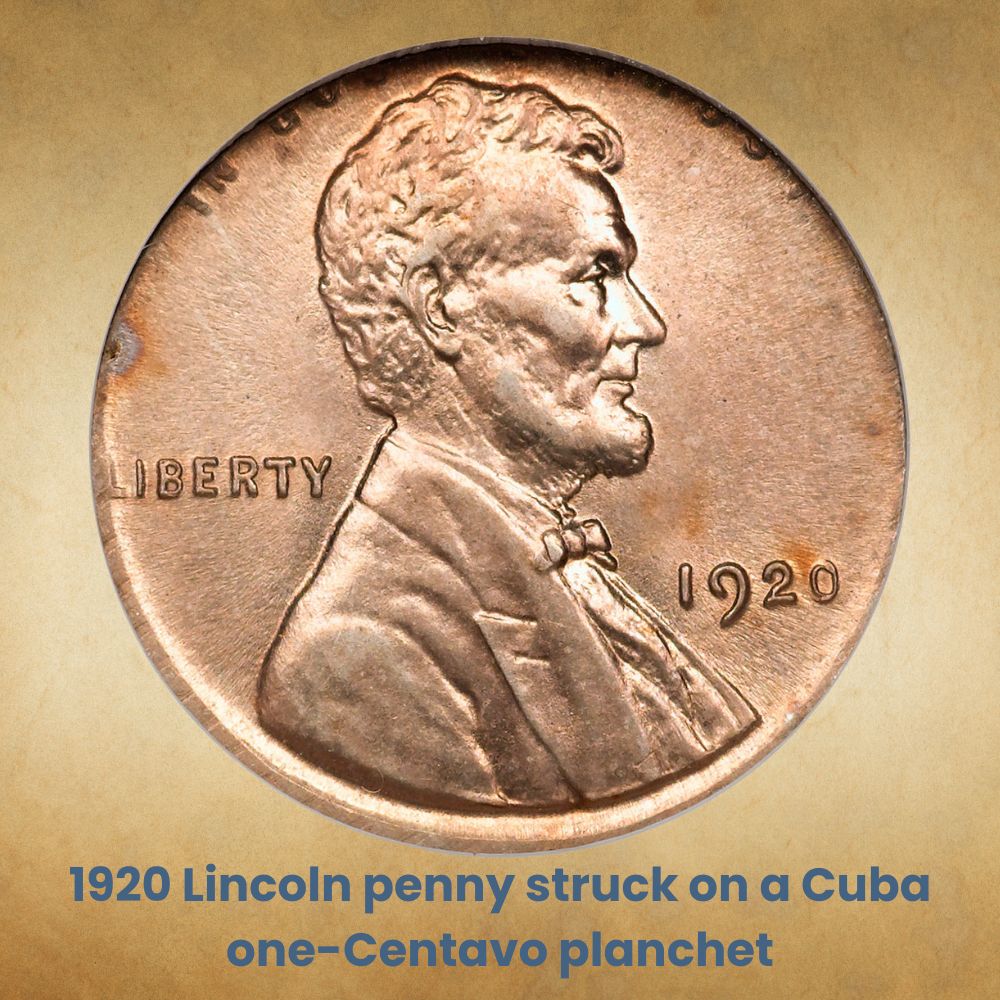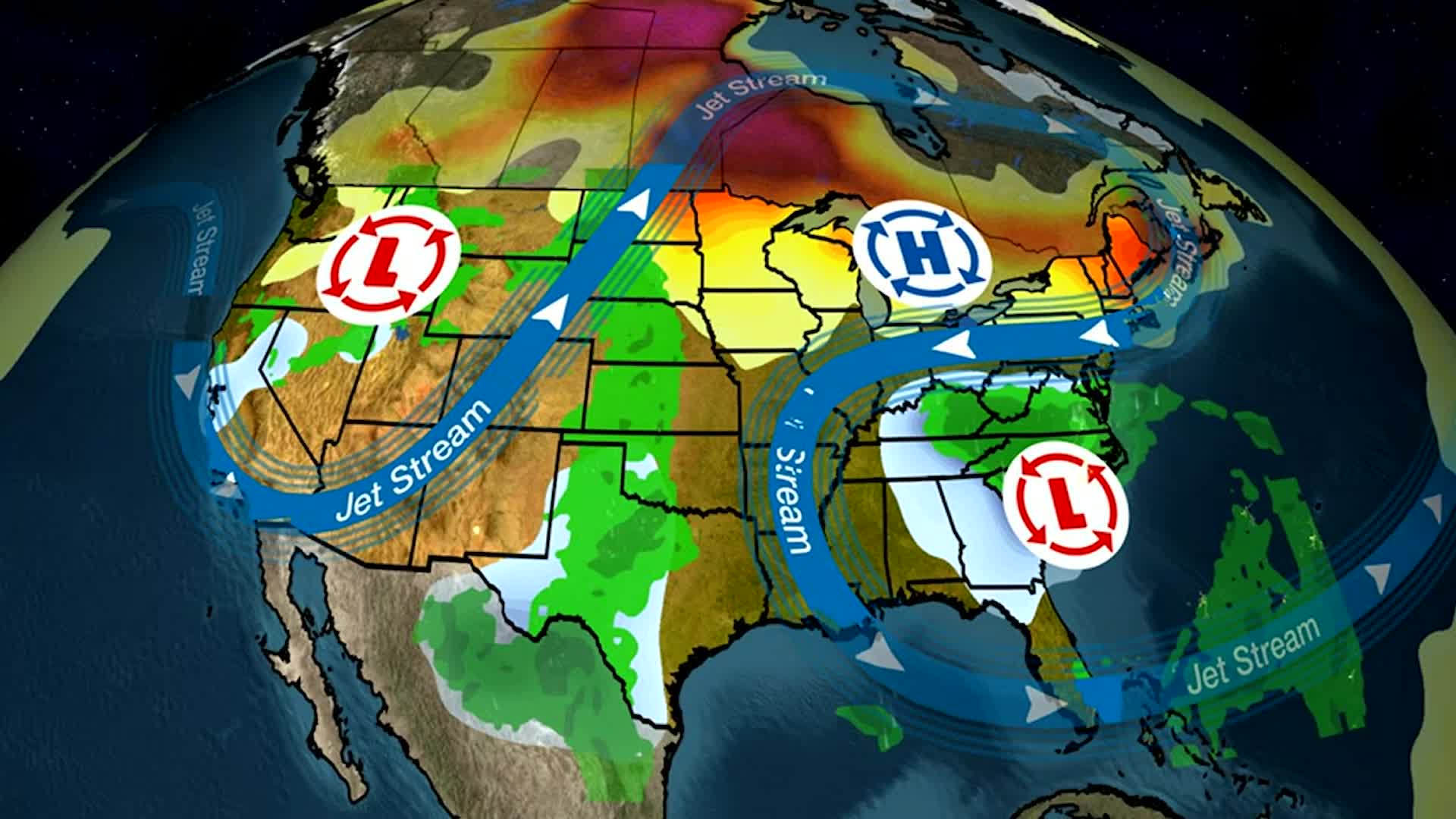End Of The Penny? US To Halt Penny Circulation By Early 2026

Table of Contents
The Economic Case Against the Penny
The debate surrounding the end of the penny is largely driven by economic concerns. The cost of producing and distributing these small coins far outweighs their actual value, creating a significant drain on resources.
The Cost of Production Exceeds its Value
- The cost of minting a single penny currently exceeds its one-cent value. Reports suggest it costs between 1.8 and 2.5 cents to produce a single penny.
- The annual cost of producing and distributing pennies runs into millions, if not billions, of dollars. This money could be better allocated to other areas of the economy.
- The inefficiency of using pennies in transactions is undeniable. Cashiers spend considerable time counting and handling pennies, slowing down the checkout process and impacting overall productivity. This is especially true during peak shopping hours.
Environmental Impact of Penny Production
The environmental impact of penny production is another significant factor fueling the debate about the end of the penny.
- Mining copper and zinc, the primary materials used in penny production, has a substantial environmental footprint. These processes require significant energy and contribute to pollution.
- The carbon footprint associated with penny production, transportation, and distribution is surprisingly high, contributing to greenhouse gas emissions.
- Exploring alternative, more environmentally friendly materials for coin production is crucial for a sustainable future. Consideration should be given to using recycled metals or alternative, less resource-intensive materials.
The Inconvenience of Penny Handling
The sheer inconvenience of handling pennies is a factor often overlooked in the discussion about the halt of penny circulation.
- Anecdotal evidence and numerous informal surveys consistently show the significant amount of time wasted handling pennies in everyday transactions.
- Businesses, particularly large retail chains, face immense logistical challenges in managing vast quantities of pennies. Counting, storing, and transporting pennies are expensive and time-consuming.
- Self-checkout systems are often negatively impacted by the need to manage pennies, leading to potential delays and frustration for customers. The overall experience of cash transactions is also affected.
Arguments for Preserving the Penny
Despite the compelling economic and environmental arguments against the penny, several factors advocate for its preservation.
Sentimental Value and Historical Significance
- The penny holds significant sentimental value for many Americans, representing a long-standing symbol of American currency and history.
- Public opinion polls reveal a degree of emotional attachment to the penny, with some individuals opposing its removal on sentimental grounds.
- Discarding a longstanding symbol of American currency carries a symbolic weight that some find objectionable.
Impact on Low-Income Individuals
- A concern frequently raised is the potential impact on low-income individuals who rely on exact change for budgeting. The removal of the penny could potentially lead to rounding up, which disproportionately affects those with limited financial resources.
- However, counterarguments suggest alternative solutions, such as providing support for those needing precise amounts, could mitigate this concern.
- The potential for increased prices due to rounding up is a valid concern that needs careful analysis and mitigating strategies.
Concerns about Inflation and Price Increases
- One of the most significant concerns is the potential for businesses to round prices upwards rather than downwards, leading to a de facto price increase.
- The cumulative effect of rounding up across numerous transactions could lead to a noticeable increase in the overall cost of goods and services for consumers.
- Preventative measures, such as clear guidelines for pricing and rounding practices, are essential to mitigate the risk of inflation.
Potential Alternatives and Solutions
If the US decides to halt penny circulation, several alternative solutions warrant consideration.
Rounding Up to the Nearest Nickel
- Rounding up transactions to the nearest nickel is a common solution implemented in other countries. This would simplify transactions and reduce the handling of pennies.
- Many countries have successfully adopted this policy, demonstrating its practicality.
- While efficient, rounding up to the nearest nickel does have potential downsides, which need thorough analysis to identify the best course of action.
Digital Payments and the Decline of Cash
- The increasing reliance on digital payment methods, such as credit cards, debit cards, and mobile payment systems, is significantly reducing the need for physical cash, including pennies.
- This trend towards a cashless society could naturally mitigate the need for physical pennies in the long run.
- However, complete transition to a cashless society has its challenges, and ensuring equitable access to digital payment systems is paramount.
Alternative Coin Designs and Materials
- Exploring alternative materials for coin production, such as less expensive metals or recycled materials, could reduce the cost of minting pennies.
- A cost-benefit analysis of these alternative options needs to be undertaken before a decision is made.
- The feasibility and practicality of implementing alternative coin designs and materials need careful consideration.
The Future of the Penny in the US
The debate surrounding the end of the penny involves complex economic, environmental, and social considerations. While the economic and environmental arguments against the penny are strong, concerns about the impact on low-income individuals and the potential for inflation require careful attention. The potential timeline for halting penny circulation remains early 2026, but the decision's long-term implications will significantly impact the US economy and its citizens. What are your thoughts on the potential end of the penny? Share your opinions and concerns in the comments below, and let's discuss the future of the US penny together!

Featured Posts
-
 Peremozhtsi Yevrobachennya 2014 2023 De Voni Zaraz
May 24, 2025
Peremozhtsi Yevrobachennya 2014 2023 De Voni Zaraz
May 24, 2025 -
 Hamiltons Unfair Comments Draw Sharp Rebuke From Ferrari
May 24, 2025
Hamiltons Unfair Comments Draw Sharp Rebuke From Ferrari
May 24, 2025 -
 Unbekanntes Eis Highlight Der Favorit In Essen Und Ganz Nrw
May 24, 2025
Unbekanntes Eis Highlight Der Favorit In Essen Und Ganz Nrw
May 24, 2025 -
 Euronext Amsterdam Stocks Jump 8 Following Trumps Tariff Decision
May 24, 2025
Euronext Amsterdam Stocks Jump 8 Following Trumps Tariff Decision
May 24, 2025 -
 Analyse Krijgt De Snelle Marktdraai In Europese Aandelen Ten Opzichte Van Wall Street Een Vervolg
May 24, 2025
Analyse Krijgt De Snelle Marktdraai In Europese Aandelen Ten Opzichte Van Wall Street Een Vervolg
May 24, 2025
Latest Posts
-
 Sandy Point Rehoboth Ocean City Beaches Memorial Day Weekend 2025 Weather Prediction
May 24, 2025
Sandy Point Rehoboth Ocean City Beaches Memorial Day Weekend 2025 Weather Prediction
May 24, 2025 -
 2025 Memorial Day Weekend Beach Weather Forecast For Ocean City Rehoboth And Sandy Point
May 24, 2025
2025 Memorial Day Weekend Beach Weather Forecast For Ocean City Rehoboth And Sandy Point
May 24, 2025 -
 Memorial Day Weekend 2025 Beach Forecast Ocean City Rehoboth Sandy Point
May 24, 2025
Memorial Day Weekend 2025 Beach Forecast Ocean City Rehoboth Sandy Point
May 24, 2025 -
 Key Moments Kazakhstans Billie Jean King Cup Victory Over Australia
May 24, 2025
Key Moments Kazakhstans Billie Jean King Cup Victory Over Australia
May 24, 2025 -
 Kazakhstans Billie Jean King Cup Victory A Detailed Look At The Match Against Australia
May 24, 2025
Kazakhstans Billie Jean King Cup Victory A Detailed Look At The Match Against Australia
May 24, 2025
